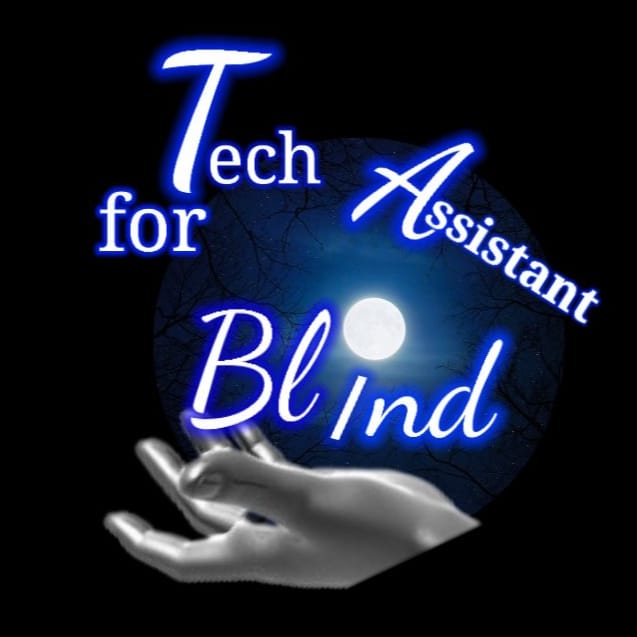Last Updated on
April 4, 2023
Written by
Tech Assistant for blind Team
The Internet of Things (IoT) is a network of physical objects, devices, vehicles, buildings, and other items that are embedded with sensors, software, and connectivity that allow them to collect and exchange data over the internet.
In simpler terms, the IoT refers to the connection of everyday devices to the internet, enabling them to send and receive data, communicate with each other, and be controlled remotely.
How does IoT work?
IoT devices collect data from their surroundings using sensors, which can include temperature sensors, motion sensors, light sensors, and more. This data is then sent to the cloud, where it is analyzed and processed using machine learning algorithms and artificial intelligence.
Once the data is analyzed, it can be used to trigger actions or send alerts to other devices. For example, a temperature sensor in a smart thermostat can detect when a room is too cold and send a signal to the thermostat to turn on the heat.
Examples of IoT in Everyday Life
The IoT has already started to revolutionize our daily lives in a number of ways. Here are just a few examples:
- Smart home devices, such as thermostats, lighting systems, and security cameras, can be controlled remotely using a smartphone app.
- Smart appliances, such as refrigerators and washing machines, can send alerts when they need maintenance or repair.
- Health and fitness wearables, such as smartwatches and fitness trackers, can monitor heart rate, steps taken, and other biometric data.
- Connected cars can monitor driving habits, provide real-time traffic updates, and even park themselves.
The Benefits of IoT
The IoT offers a number of benefits, including:
- Increased efficiency: IoT devices can automate tasks and processes, reducing the need for human intervention.
- Improved safety and security: IoT devices can monitor and detect potential hazards, such as fires and intruders.
- Enhanced personalization: IoT devices can learn and adapt to user preferences and habits, providing a more personalized experience.
- Cost savings: IoT devices can help reduce energy consumption, maintenance costs, and downtime.
The Challenges of IoT
While the IoT offers many benefits, there are also a number of challenges that must be addressed, including:
- Security concerns: IoT devices can be vulnerable to cyberattacks, which can compromise sensitive data and lead to physical harm.
- Privacy concerns: IoT devices can collect a significant amount of personal data, which can raise concerns about privacy and data protection. It is important for companies to be transparent about what data they are collecting, how it will be used, and who will have access to it.
- Compatibility issues: With so many different types of IoT devices on the market, it can be difficult to ensure that they are all compatible with each other and can communicate effectively.
- Reliability: IoT devices rely on a stable internet connection to function properly. In areas with poor connectivity, IoT devices may not work as intended.
- Scalability: As the number of IoT devices continues to grow, managing and maintaining them can become increasingly difficult.
The Future of IoT
The IoT is still in its early stages, but it is already having a significant impact on the way we live and work. As technology continues to evolve, the possibilities for IoT are endless.
Some experts predict that the IoT will lead to a more connected and efficient world, with smart cities, autonomous vehicles, and advanced healthcare systems becoming a reality. Others warn of the potential dangers of a world where everything is connected, from increased surveillance to the risk of cyberattacks.
Regardless of the potential risks, it is clear that the IoT will continue to play an increasingly important role in our lives in the years to come.


